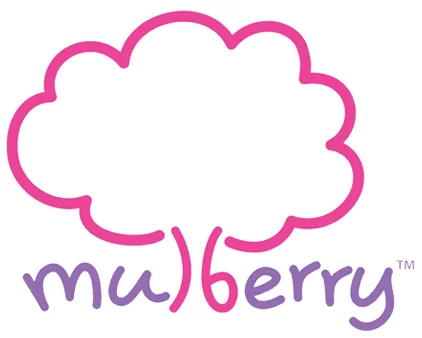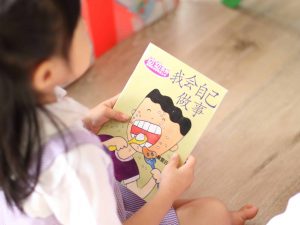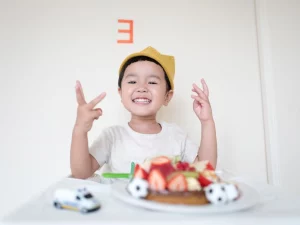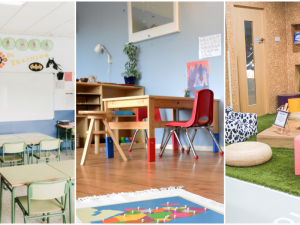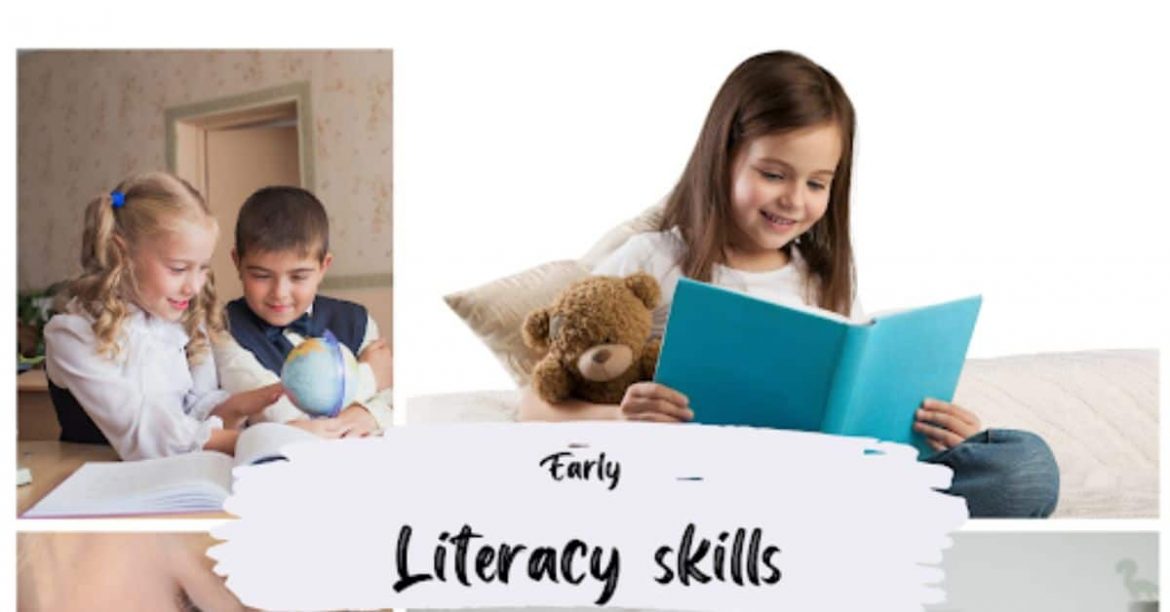
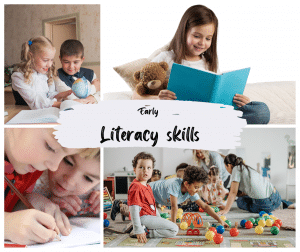
How we foster children’s early literacy skills matters more than you think!
Specialists concluded that the constructing blocks of language and literacy shape withinside the first 3 years of a child’s life. They are foundational to a child’s continual development and intellectual growth.
So what do you need to prepare for your child? Keep reading for the answers…
What is Early Literacy?
Early literacy combines specific skills and knowledge to help children learn to read. It consists of being aware of each language and writing skills.
Early literacy additionally includes growing listening comprehension, an cognizance of print, and phonological cognizance.
A few times a day (5 minutes) is often enough for children to develop early literacy. But parents need to know that the secret to developing successful readers lies in what motivates them.
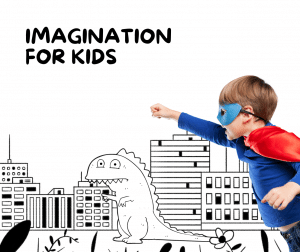
Here are 10 early literacy skills children can develop:
1.Visual Memory
Visual memory is the ability to remember what has been seen – important for learning sight words and letter formation and combinations.
Here are some tips to help increase visual memory in kids:
- Use visual aids such as flashcards, charts, diagrams, and colourful visuals to help kids remember information better.
- When learning a long list of items, you can help your kids group them into smaller categories.
- Encourage kids to pay close attention to details in their surroundings. You can ask them to describe objects they see, promoting active observation and memory retention.
- Ask them to close their eyes and visualize a scene, story, or concept. This technique enhances their ability to remember and recall information.
- Play memory-enhancing games like matching pairs, memory cards, and memory recall exercises. These games challenge kids’ visual memory and cognitive skills.
- Encourage kids to draw pictures or doodle while listening to lessons or reading. This engages their visual memory and helps them connect visual cues to the information they are learning.
2. Auditory Discrimination
Auditory discrimination is the ability to distinguish between different sounds and to recognize and understand speech sounds accurately.
Here are some tips to help improve auditory discrimination in children:
- Listening Activities: Engage kids in various listening activities requiring them to distinguish between sounds. You can play games like “Simon Says,” where they must accurately follow auditory instructions.
- Use sound-matching games where kids must match similar sounds or identify which sound is different from the rest.
- Use auditory puzzles that require kids to listen carefully to a sequence of sounds and reproduce it accurately. This challenges their auditory memory and discrimination skills.
- Encourage kids to imitate various sounds they hear in their surroundings. This could be mimicking animal sounds, different instruments, or everyday noises.
- Play the whisper challenge, where kids take turns whispering words or phrases to each other. The other child needs to guess what was whispered based on their auditory discrimination skills.
- Provide a variety of objects that make different sounds, such as bells, shakers, and keys. Have kids sort them based on similar sounds.
- Create a quiet and focused listening environment where distractions are minimized, allowing kids to concentrate on the sounds they are hearing.
3. Retelling a Story
We know from recent child development and neuroscience studies that reading books with your baby expands their analyzing abilities before they can read.
Once you tell a tale to your children, they will retell it back to you. They can retell the principal idea or the beginning and middle, but only sometimes all the details.
Here are some tips to help your children retell a story:
- Choose stories that are appropriate for your child’s age and comprehension level. The story should captivate their interest and be within their understanding.
- Use pictures, illustrations, or storyboards to represent the story’s sequence of events visually. This can help children organize their thoughts when retelling.
- Summarize Key Points: Help your child identify the main characters, setting, problem, and solution of the story. Summarize these key points together to provide a foundation for retelling.
- Break It Down: Divide the story into smaller sections or chapters. This makes it easier for your child to remember and retell specific parts of the story.
- Use Their Own Words: it’s okay to use their own words when retelling the story. Encourage them to express their thoughts naturally.
4. Predicting Sequence
As a story is being told, your children need to be capable of expecting what will appear in subsequent and positioned activities in sequence.
Some activities to help kids with predicting sequence:
- Story Sequencing: Provide short stories with missing parts, such as events or sentences. Ask kids to predict what should come next and explain their reasoning. This helps them understand the logical flow of a story.
- Watch and Predict: Watch a short video clip or animation with a clear sequence of events. Pause the video at a certain point and ask kids to predict what will happen next.
- Involve kids in cooking or baking activities. You can ask them to predict the order in which ingredients must be added and how they will alter during the cooking process.
5. Picture Reading
This takes place whilst a baby can examine a tale and recognize it simply by searching the pictures.
Here are some tips to help kids with picture reading:
- Observe First: Encourage kids to spend some time simply looking at the picture before diving into any text or questions. This allows them to absorb the details and context.
- Help kids make connections between the picture and their own experiences or knowledge. Ask questions like “Have you ever seen something like this before?” or “Does this remind you of something?”
- You provide multiple pictures and ask kids to compare and contrast them. Then you discuss the similarities and differences between the pictures.
6. Matching
Matching skill refers to pairing or matching items, concepts, or information based on specific criteria or characteristics. It may involve finding images or concepts that are similar to one another.
Parents can enhance this skill for kids by matching memory cards, numbers, shapes, and colours, playing alphabet matches, and picture-word matches.
7. Sound Awareness
Sound awareness involves hearing and interpreting sounds. It consists of listening for sounds, figuring out sounds, and telling sounds apart.
Some activities for sound awareness are as follows:
- Listening Walk: Take kids on a walk outside or around the house. You encourage them to listen carefully to the various sounds they hear, such as birds singing, cars passing, or leaves rustling.
- Sound Hunt: Create a list of specific sounds (e.g., a bell ringing, a dog barking, water running) and have kids find and identify those sounds in their environment.
8. Letter Knowledge
Children can get letter knowledge if they are exposed to letters early. Playing with bodily letters is a high-quality manner to educate letter formation for children.
This is an exciting skill as a child can look at letters on a piece of paper, read and recognize their own name.
9. Phonological Awareness
Phonological awareness is when a child can notice unique sounds inside a word. It entails listening to sounds, breaking apart sounds, and placing them returned collectively again.
You can enhance kids’ phonological awareness by:
- Segmenting Sounds: Encourage kids to break words into individual sounds (phonemes). For example, ask them to say the separate sounds in “cat” (c-a-t).
- Guess the Sound: Play recorded sounds of objects, animals, or actions. Then Kids guess what is making the sound.
- Sound Matching: Present pairs of words and ask kids to identify whether they start with the same or different sounds.
- Sound Sorts: Sort picture cards based on their initial sounds. Kids group pictures that start with the same sound.
10. Rhyme Awareness
Rhyme Awareness is when a baby can understand what sounds and phrases rhyme.
Here are some activities to help increase rhyme awareness in kids:
- Nursery Rhymes: Introduce classic nursery rhymes and songs that contain rhyming words. Sing them together and emphasize the rhyming pairs.
- Rhyming Books: Read books that are rich in rhyming words. Then you pause when you reach rhyming words and encourage kids to predict the next rhyming word.
- Rhyming Match Game: Create cards with pictures or words that rhyme and play a memory or matching game.
- Rhyming Puzzles: Create puzzles with rhyming word pairs. Kids match the rhyming words to complete the puzzle.
- Word Family Exploration: Group rhyming words into word families (e.g., -at family: cat, hat, mat). You and your kids discuss how the words have the same ending sound.
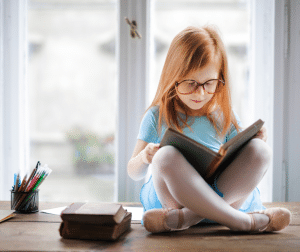
Conclusion
The key is to make learning enjoyable and encourage a positive attitude toward reading and writing. Every child’s learning journey is unique, so be patient and supportive as they develop their literacy skills.
Children have an innate nature about them. With our guidance, they can learn and develop early literacy skills from their environment.

